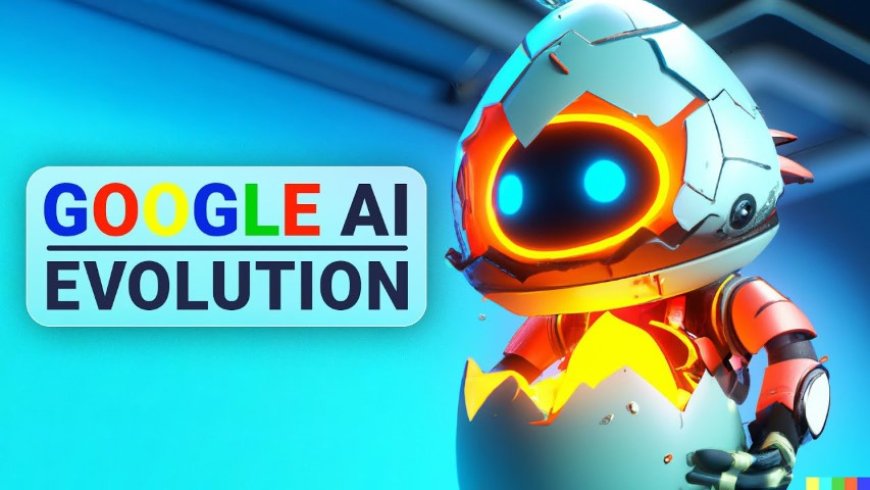What is Google PaLM-E?
A revolutionary model called PaLM-E has been developed by Google Robotics, TU Berlin, and Google Research.

In a recent breakthrough towards artificial general intelligence, a revolutionary model called PaLM-E has been developed by Google Robotics, TU Berlin, and Google Research. This model has the ability to comprehend and generate language, interpret images, and integrate both skills to execute complex commands for robots in the real world. The PaLM-E model was created by merging Google's massive PaLM language model with the largest vision transformer neural network to date, known as ViT-22, resulting in an astounding 562 billion parameters.
The architecture of PaLM-E is unique in that it embeds continual embodied observations such as images, state estimates, and other sensor modalities into a pre-trained large language model's embedding space. The largest PaLM-E model is able to process natural language at the PaLM level while also being able to comprehend and describe image content and control robots through precise sequential steps by combining language and computer vision.
Google's PaLM-E model is designed to handle a broad range of visual and robotics tasks as demonstrated by various instances. Impressively, PaLM-E can even transfer its skills from the vision language domains to be used for embodied decision-making tasks, making robot planning tasks more efficient in terms of data usage. In one demonstration, PaLM-E controls a robotic arm that arranges blocks using both visual and language inputs to solve the task. It even generates the solution instructions step by step from the visual input, allowing it to sort blocks by color and move them to different corners.
Despite being trained solely on single image prompts, the largest PaLM-E model with 562 billion parameters is already displaying emergent abilities like multimodal reasoning chains and the capacity to reason across several images. This means that PaLM-E is not only trained on robotics tasks, but it is also a visual language generalist with state-of-the-art performance on OK-visual-question answering, and it retains generalist language capabilities with increasing scale.
The smaller models of PaLM-E suffer a significant performance decrease in language skills as a result of their multimodal and robotic training, which is an issue known as catastrophic forgetting and is typically avoided by halting language model training during other forms of training. However, PaLM-E's larger models exhibit only a minimal drop-off in performance compared to the largest PaLM model, indicating that scaling out the model can help prevent the catastrophic forgetting problem.
In conclusion, Google's PaLM-E is a proficient vision language model capable of recognizing individuals and traffic signs and explaining their associated rules. By scaling alone, it will become more and more generally intelligent. The diverse training approach adopted by Google for PaLM-E also has numerous benefits, including enabling the AI model to transfer its skills to be used for embodied decision-making tasks, making robot planning tasks more efficient in terms of data usage.







